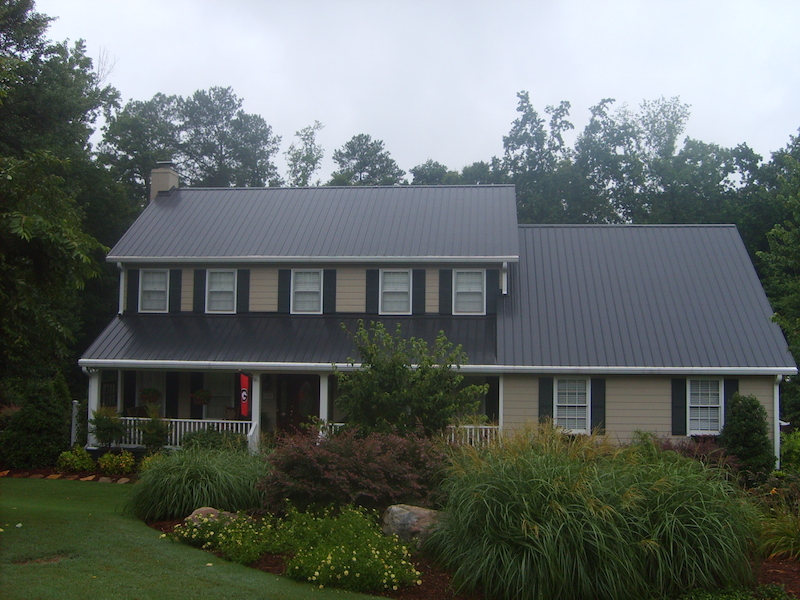DIY Roofing, Repair
Post-winter Roof Maintenance
Most people know that their roof should be inspected twice a year in order to proactively prepare for and prevent later damage. It’s crucial that a roof is checked before the winter months begin, and considering the crazy weather patterns we see in Georgia, you don’t want to skip out on regular maintenance. The next best time to have your roof inspected is after winter, to inspect for any damage that may have been caused by winter storms. Here are some tips on how to take good care of your property with scheduled roof maintenance:
1. Inspect the Attic:
If the winter weather arrives early or there is a problem with a roof during the heart of winter, climbing up on a roof is considerably more dangerous. Luckily, checking the attic can preemptively spot problems that could eventually severely damage the roof. Also, an attic protects not only homeowners but professionals from the harsh winter cold and elements. Therefore, once inside check for water leaks, pests (such as termites), any sign of animal damage (such as bats, squirrels, or birds), ventilation and insulation, as well as any areas of the attic that are sagging or look weakened. Watch our videos to learn how to fix any of these problems before they cause any serious damage to the roof or structure of the house.
2. Weather permitting, Climb a Ladder
If the weather allows for outside work, take a ladder and actually inspect your roof. Check for missing or warped shingles. These small signs of damage could cause some serious damage later – like leaks or roof warp. While on the roof, be sure to take a look at gutters and downspouts. If they’re clogged or bent, be sure to clear or fix them. If water can’t properly leave the roof, the water could leak down walls and damage siding. In the winter months, this water could freeze – potentially causing more damage and proving harder to remove.
3. Schedule A Professional Roof Inspection
Perhaps the most important way to prepare for winter is schedule a professional inspection. At Kenner & Son, Inc. we do roofing inspections year round, but we typically recommend to our customers thatthe best time to schedule a roofing inspection is during spring and fall months (April-May and October-November). These maintenance visits help our roofing team stay safe and help you protect your property and minimize costs of having roofing repairs done in the middle of winter.
A professional roofing expert can detect signs of damage that the general homeowner or property manager might overlook or not understand. Also, a professional will know how to better navigate treacherous roofing situations whereas a homeowner may harm themselves climbing around looking for signs of missing and warped shingles. They may also possibly be able to decide if tree limbs or trees are precariously close to the roof and could cause potential damage and need removal.

